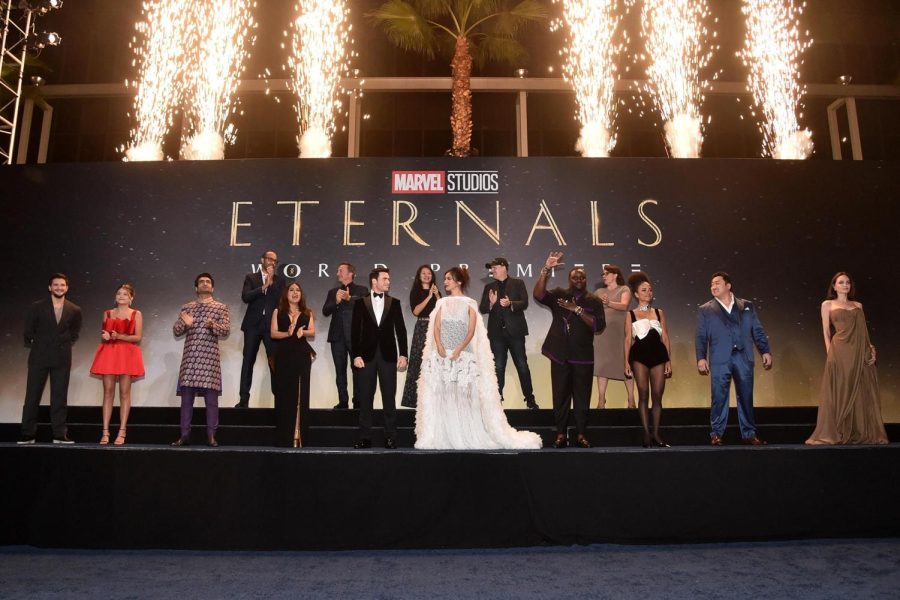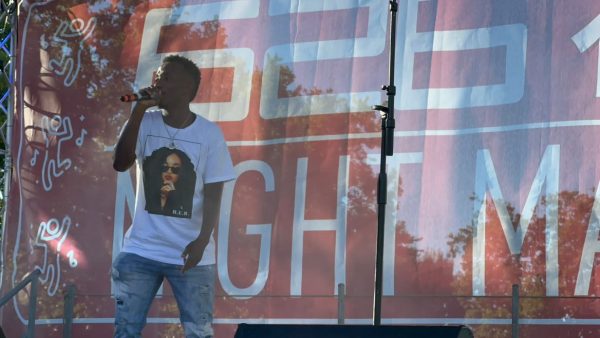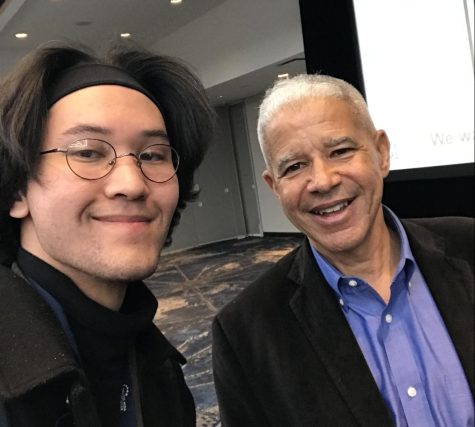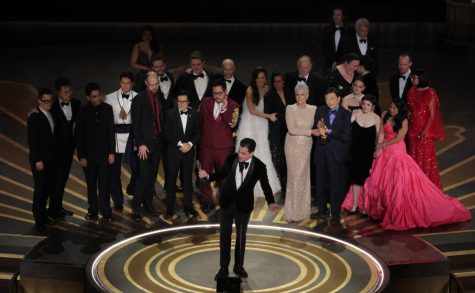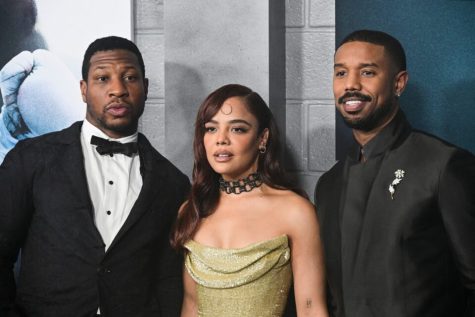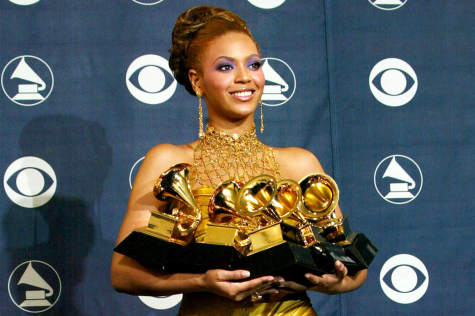Why Representation Matters: Marvel’s “Eternals”
November 17, 2021
Examining Marvel’s new family, each member representing a new generation
Marvel’s third film this year, academy award-winning Chloe Zhao’s “Eternals,” shattered expectations and grossed $31M at the box office opening night, according to Forbes.
Weeks prior, this success was not foreseeable, as many critics took to Rotten Tomatoes to “review-bomb” before watching the film, giving the movie a 47% on the Tomatometer. This rating is the lowest rated Marvel movie out of all 26.
Critics were not in favor of this movie’s representation as each member represented a different community such as Indian, African-American, Chinese, Korean, Scottish, Hispanic, HOH (Hard of Hearing), and LGBTQIA+, all of which are generally not represented in such big-budget films.
As opening night came around, fans believed that the film deserved a higher rating, giving the film an 80% audience rating on Rotten Tomatoes, proving that community representation has a demand in modern-day cinema.
According to Jacob Stolworthy, a writer from The Independent, a study conducted by the online language tutoring website, Preply, found that the desire to learn American Sign Language grew 250% since Lauren Ridloff’s appearance as the hard of hearing character “Makkari” in the film. “Search for Ridloff herself has increased worldwide by 550 percent since 1 November, with ‘first deaf superhero’” doubling its search since November 2020,” stated Stolworthy.
Along with the rise in audience members’ interest in learning ASL, the discourse of LGBTQIA+ superheroes is now prevalent over social media. Until recently, before the “Eternals” film, most comic book writers implied their characters are not heterosexual, spanning across multiple sexual identities.
Although, often, their character wouldn’t display any characteristics related to their sexuality, making it ambiguous whether the hero may or may not be LGBTQIA+, an example being the Guardians of the Galaxy’s StarLord being canonically bisexual in the comic series.
Through Phastos’s kiss, many children at home are able to recognize that gender-fluid love can exist anywhere, even in superhero films.
Kumail Nanjiani’s character, Kingo, represents Bollywood, and it’s astounding to see the amazing set pieces choreographed and cultural attire in a big-budget film. Zhao was especially great in writing Kingo’s cameraman, Karun, played by Harish Patel, directing him as comedic relief and showing that he’s also capable of expressing complex emotions in the film’s third act. Seeing Indian actors play a more significant presence, rather than a minor role, is refreshing and exciting to see as an audience member.
From the “Eternal’s” success, audiences can look forward to superhero films as studios showcase communities in dire need of representation. Thanks to Zhao, the cast and crew of the “Eternals,” the future of modern-day filmmaking looks to be more inclusive.




